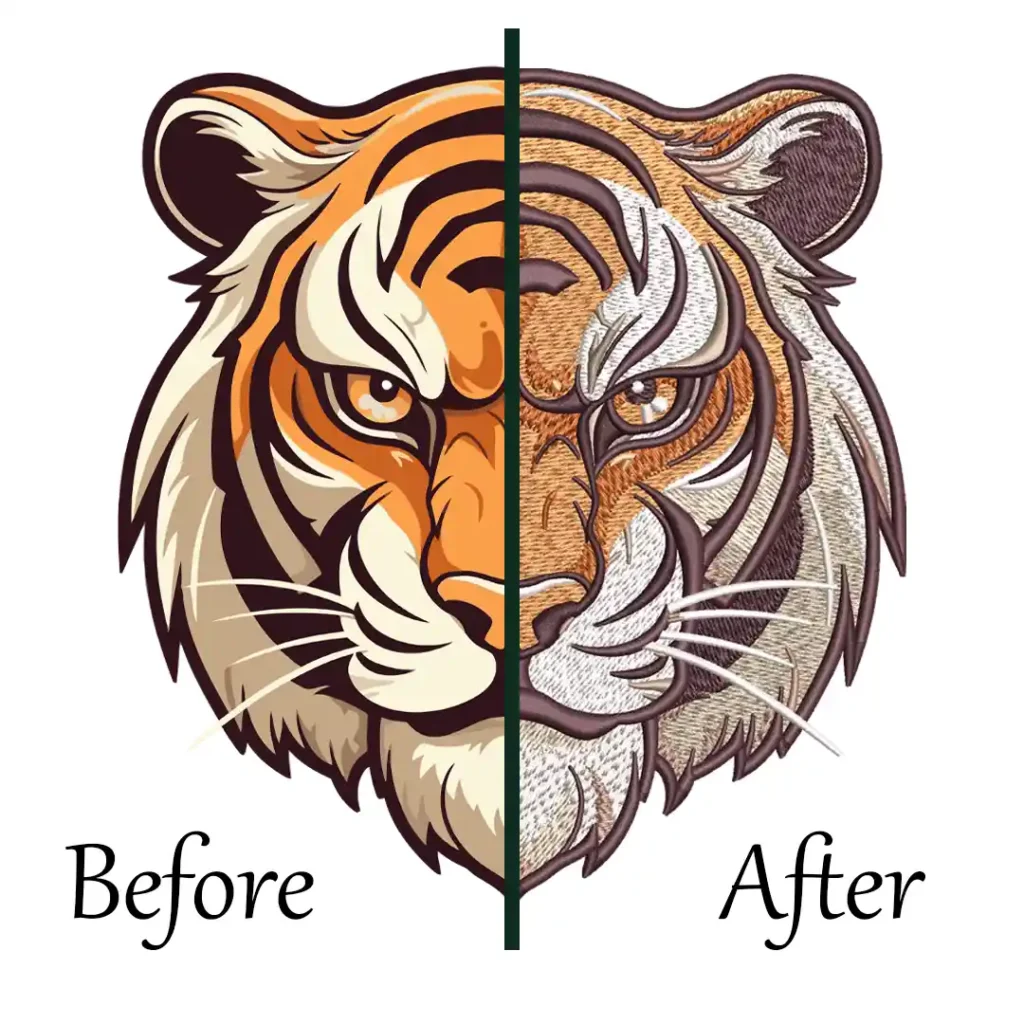Embroidery digitizing is a fascinating art form that combines creativity, technical skills, and attention to detail. As a successful embroidery digitizer, you can transform intricate designs into stunning embroidered masterpieces.
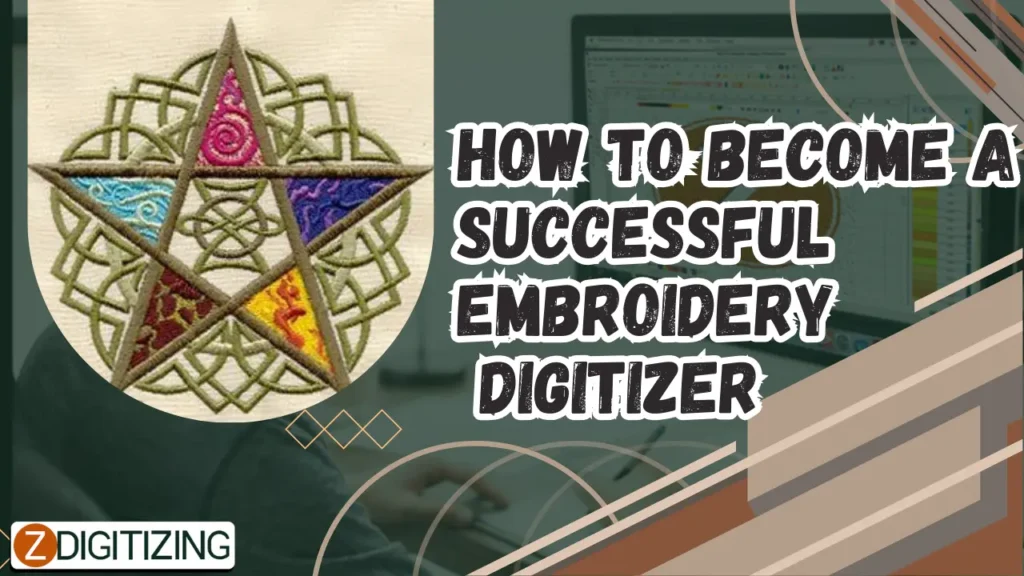
This article will guide you through the essential steps and techniques to become a proficient and best embroidery digitizer.
So, let’s dive in and discover how you can bring your embroidery designs to life with precision and artistry.
How To Become A Successful Embroidery Digitizer?
What is Embroidery Digitizing?
Embroidery digitizing is like the Picasso of the textile world. It’s the art of transforming beautiful designs into a language that embroidery machines can understand and stitch onto fabric.
If you’ve ever marveled at intricately embroidered logos or personalized monograms, you can thank the digitizer behind the scenes for bringing those designs to life.
Through specialized software, skilled embroidery digitizers convert artwork, logos, or even hand-drawn sketches into a series of commands that direct the machine’s needle and thread, creating stunning embroidered designs.
Importance and Scope of Embroidery Digitizing
Embroidery digitizing is the backbone of the embroidery industry. It plays a crucial role in turning ideas and concepts into tangible embroidered products.
Whether it’s customizing clothing, producing corporate logos, or adding intricate details to accessories, embroidery digitizing allows for endless creative possibilities.
It’s a skill in high demand, making it a fantastic avenue for individuals looking to explore their artistic passion while also turning it into a successful career.
Mastering Embroidery Digitizing Software
Embroidery digitizing software is like a magic wand that brings your designs to life. To become a successful embroidery digitizer, you need to get cozy with these digital tools and make them your best friends.
Choosing the Right Embroidery Digitizing Software
When it comes to software, it’s essential to choose one that suits your needs and preferences. There are various options available, each with its own unique features and learning curve.
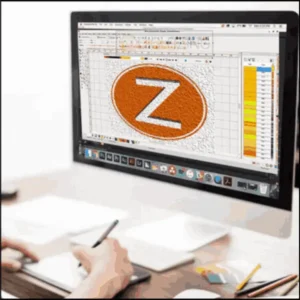
Take the time to research and experiment with different software until you find the one that clicks with you.
Understanding the Interface and Tools
Once you’ve found the perfect software, take some time to acquaint yourself with its interface and tools.
Familiarize yourself with the different icons, menus, and functions available. Understanding how to navigate the software efficiently will save you time and frustration in the long run.
Learning Keyboard Shortcuts and Customization
Embroidery digitizing is all about efficiency, and keyboard shortcuts can be your secret weapon. Learn the shortcuts specific to your software to speed up your digitizing process.

Additionally, explore any customization options available to tailor the software to your workflow and preferences.
Remember, it’s your virtual embroidery studio – make it work for you!
Understanding Design Elements and Stitch Types
Embroidery digitizers are the architects of thread. To truly master this craft, you need to understand the building blocks of design and the various stitches at your disposal.
Elements of Design in Embroidery
Embroidery is not just about stitching pretty patterns; it’s also about understanding the principles of design.

Elements such as color, shape, rhythm, and texture play important roles in creating visually appealing embroidered designs.
Different Types of Stitches and Their Applications
Just like a painter uses different brushstrokes, an embroidery digitizer employs various stitches to achieve different effects. Familiarize yourself with common stitch types, such as running stitch, fill stitch and satin stitch.
Understand their strengths, weaknesses, and applications to bring depth, texture, and life to your digitized designs.
Developing an Eye for Design and Composition
Embroidery digitizing is not just about technical know-how; it’s also about having a killer sense of design and composition. Think of yourself as a conductor orchestrating a symphony of thread.
Basic Principles of Design
Get to know the basic principles of design like the back of your hand – balance, proportion, contrast, and unity.
These principles will guide you in creating harmonious and visually pleasing designs that stand out from the crowd. Remember, as an embroidery digitizer, you are the artist behind the machine!
Composition Techniques for Embroidery Digitizing
Composition is the secret sauce that takes a design from good to mind-blowing. Explore composition techniques, such as framing, focal points, and leading lines, to create captivating and dynamic embroidered designs.
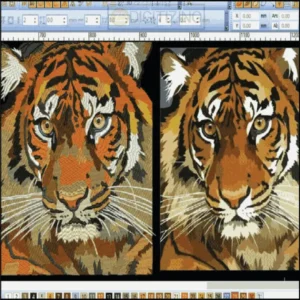
Let your creativity flow and experiment with different arrangements and placements of elements to make your designs pop.
Efficient Workflow and Time Management Techniques
Here are some time-saving and workflow-enhancing tips:
Planning and Organizing Digitizing Projects
Embroidery digitizing projects can quickly become chaotic if not properly planned and organized.
Before diving in, take the time to assess the requirements of each project and create a detailed plan. This plan should include factors such as design specifications, thread colors, and stitch types.

By breaking down the project into smaller tasks and setting achievable goals, you can work more efficiently and stay on track. Consider using project management tools or software to help you stay organized and keep track of deadlines.
Streamlining the Digitizing Process
Embroidery digitizing involves converting a design into a digital file that can be read by embroidery machines. To streamline this process, it’s important to optimize your digitizing techniques.
Familiarize yourself with the capabilities of your embroidery software and explore shortcuts or automation features that can save you time.
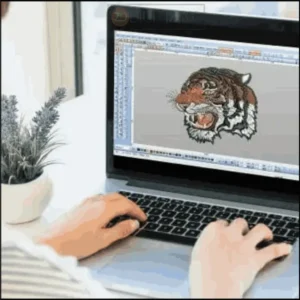
Additionally, organizing your design elements logically and systematically can make the digitizing process smoother.
Create a library of frequently used design elements, such as logos or lettering, to easily access and reuse them in future projects.
Effective Time Management Strategies
Time management is crucial for any successful embroidery digitizer. With multiple projects and deadlines to juggle, it’s important to prioritize tasks and allocate your time wisely.

Start each day by creating a to-do list and identifying the most important and time-sensitive tasks. Avoid multitasking and try to focus on one project at a time.
This allows you to give each project your full attention, resulting in higher-quality work. Remember to schedule regular breaks to prevent burnout and maintain productivity.
Troubleshooting and Quality Control in Digitizing
Troubleshooting and checking the quality of digitizing are spelled out below:
Identifying and Resolving Common Digitizing Issues
Embroidery digitizing can sometimes come with its fair share of challenges. From thread breaks to puckering fabric, it’s important to be able to identify and troubleshoot common issues.
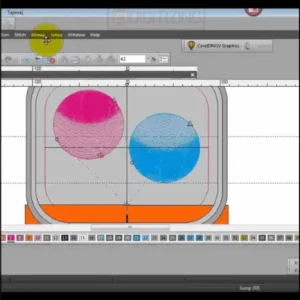
Educate yourself on the potential problems that can arise during the digitizing and embroidery process. When faced with an issue, take a systematic approach to identify the root cause. Experiment with different settings and techniques to find the best solution.
Feel free to reach out to us for advice and support. You can also hire us for embroidery digitizing at the most affordable rate possible.
Ensuring Quality and Precision in Embroidery Designs
Quality control is key in embroidery digitizing. Your clients expect clean, precise, and accurate designs. Regularly check your digitized designs by stitching them out on a test fabric before finalizing and delivering them to clients.
Pay attention to details such as stitch density, underlay stitching, and trim settings. Remember, even the smallest mistake can affect the overall quality of the embroidery. Take pride in your work and strive for excellence in every design you create.
Building a Strong Portfolio and Marketing Your Services
Tips for embroidery digitizer on how to market your services and build a strong portfolio are talked about:
Showcasing Your Best Work in a Portfolio
A strong portfolio is essential for attracting clients and demonstrating your skills as an embroidery digitizer.
Select your best and most diverse work to showcase your range of talents and expertise. Include high-quality images or even physical samples of your digitized designs.
Consider creating a professional website or social media profile to display your portfolio online. These platforms allow potential clients to easily access your work and reach out to you for their embroidery needs.
Effective Marketing Strategies for Embroidery Digitizers
In addition to having a stellar portfolio, effective marketing can help you stand out in a competitive industry.
Network with local businesses, embroidery shops, and even other digitizers to expand your professional connections. Attend industry trade shows or events to stay informed about the latest trends and meet potential clients.
Utilize social media platforms to promote your services and engage with your target audience. Share behind-the-scenes glimpses into your digitizing process and offer valuable tips or advice to establish yourself as an expert in your field.
Continuous Learning and Keeping Up with Industry Trends
Here are some ways to keep learning new things and keeping up with trends in your field:
Embracing Lifelong Learning as a Digitizer
Embroidery digitizing is a constantly evolving field, so it’s important to embrace lifelong learning. Stay curious and invest in your professional growth by seeking out educational resources, workshops, or online courses.

This will help you stay updated on the latest digitizing techniques and industry advancements.
Staying Updated with the Latest Embroidery Digitizing Trends
To remain competitive, it’s crucial to stay informed about the latest embroidery digitizing trends. Follow industry blogs, subscribe to newsletters, and join online forums or communities to stay connected with other digitizers.

Remember, success as an embroidery digitizer requires a combination of technical skill, effective time management, marketing savvy, and a commitment to continuous learning.
Embrace the journey, learn from your experiences, and let your passion for embroidery shine through in every design you create.
Conclusion
In conclusion, becoming a successful embroidery digitizer requires a combination of technical expertise, creative flair, and a commitment to continuous learning.
By mastering embroidery digitizing software, understanding design elements and stitch types, honing your eye for design and composition, and implementing efficient workflow and time management techniques, you can elevate your digitizing skills to new heights.
Additionally, prioritizing troubleshooting and quality control, building a strong portfolio, and staying informed about industry trends will help you stand out in a competitive market.
Embark on this exciting journey, and with dedication and practice, you can achieve remarkable success as an embroidery digitizer.
ZDigitizing: Your One-Stop Solution for High-Quality Embroidery Digitizing
Looking for exceptional embroidery digitizing services? Look no further – ZDigitizing is your go-to destination!
We specialize in providing high-quality embroidery digitizing and vector art services that cater to both your embroidery and printing requirements.
We offer 50% discount on your first order with us! Just have a chat with us, and we’ll provide you with a free quote within 5 minutes.
If you found this information helpful, why not share it with your friends and help spread the word about our outstanding services and incredible discounts?
This is a golden opportunity for everyone to experience the excellence of our digitizing services.
Thank you for taking the time to read!
Looking for exceptional embroidery digitizing services? Look no further – ZDigitizing is your go-to destination!
We specialize in providing high-quality embroidery digitizing and vector art services that cater to both your embroidery and printing requirements.
We offer 50% discount on your first order with us! Just have a chat with us, and we’ll provide you with a free quote within 5 minutes.
If you found this information helpful, why not share it with your friends and help spread the word about our outstanding services and incredible discounts?
This is a golden opportunity for everyone to experience the excellence of our digitizing services.
Thank you for taking the time to read!
Frequently Asked Questions:
To start digitizing embroidery, first acquire digitizing software. Begin by learning basic functions like stitch types, underlay, and digitizing paths. Practice by converting simple designs into stitch files and gradually progress to more complex patterns.
To become a professional digitizer, gain expertise in embroidery digitizing software and understand fabric types and stitch behavior. Continuously practice and possibly take specialized courses or certifications. Building a portfolio of your work and gaining experience through projects or internships can also be beneficial.
The income of embroidery digitizers varies widely, depending on experience, location, and whether they are employed or freelance. In the United States, a full-time embroidery digitizer can earn between $30,000 to $60,000 annually, with experienced professionals potentially earning more.
Learning to digitize embroidery can be challenging, especially for those unfamiliar with digital design or embroidery. It requires understanding both the artistic aspect of design and the technical knowledge of machine operation. However, with practice and dedication, it becomes more manageable.

